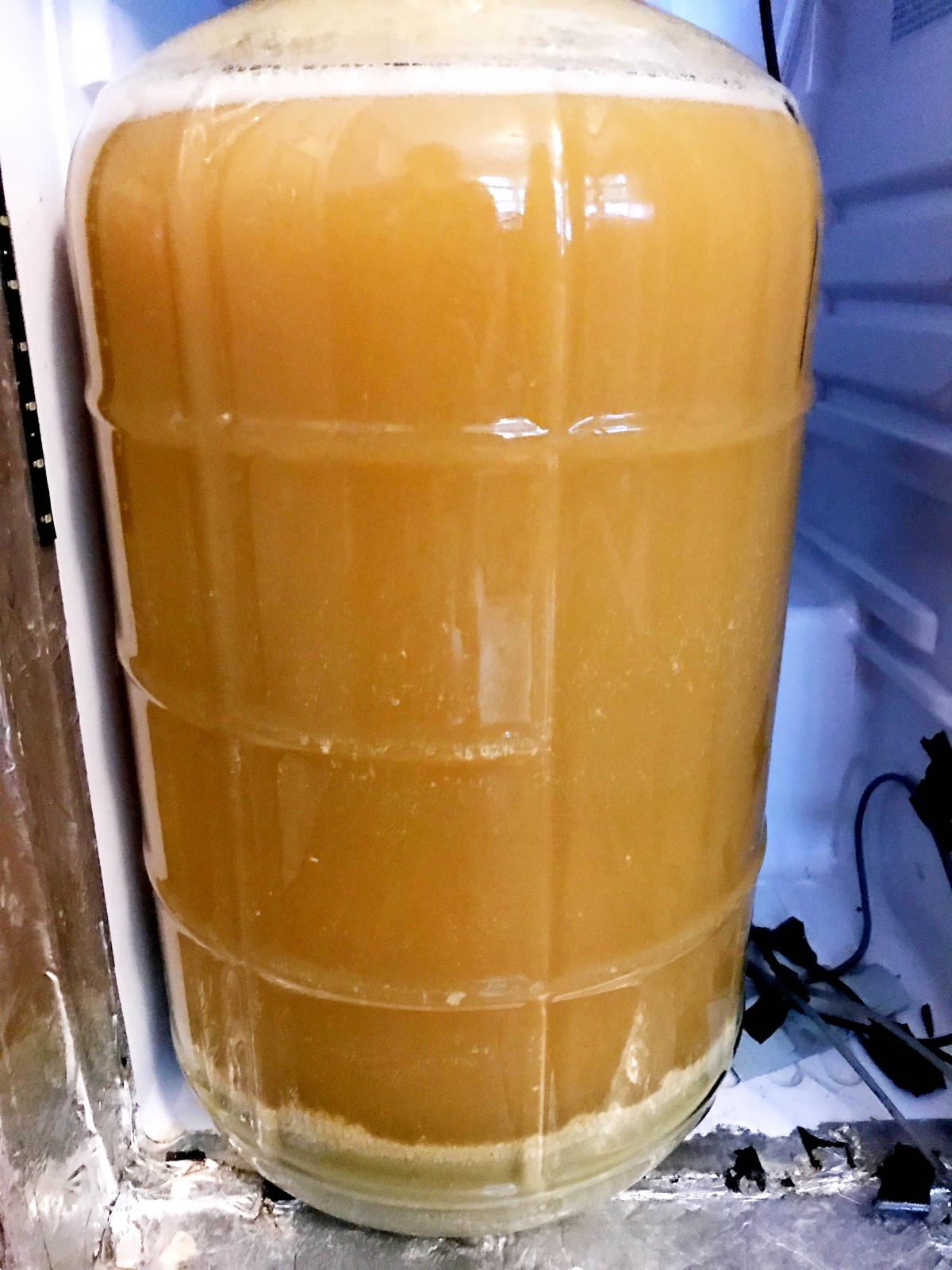Question. I've been following this thread a bit and I think some were touching on it but has anyone experimented without using whirlpool hops. Hop bursting towards the end of boil, chilling, and a big dry hop?
I think many of us have experimented with all of the combinations. I've done dryhop only, dryhop with anywhere from 15-90 minute hop stand, dryhop with hop burst, dry hop with hopburst and hop stand. The only thing I've never tried is omitting a dryhop (seems like a terrible idea

)
I am honestly still unsure what is "best":
-I have a suspicion that bittering or hopburst hops may increase head retention (sounds crazy, but it may be the case based on some of my observations.)
-I would bet that the difference between a hop burst and a short hopstand would be minor, similar to the XBMT result, for most people.
-I know that both hopbursts and hop stands can result in excellent, full hop flavor, but I think there is much more bang for the buck from dry hops. However, heavy dry hops *can* result in more astringency and dryness that usually mellows with time.
-I also am curious to see if my initial observation on beer clarity and lasting hop flavor is true: it has seemed to me over the last several beers that my massive dryhop only beers stay cloudier and hoppier for longer in the keg compared with beers that have any type of kettle hop. Not sure if it is a real effect or coincidence though. My best IPAs in terms of longevity have been the dryhop only ones.
-In the short term, any combination of these techniques should result in an awesome beer.
I guess that's not very helpful, but I really think to answer what gives the best flavor and the best flavor for the price would require a lot more experimentation. There have only been a few attempts to understand this as far as I know: the Rock Bottom tests, the Brulosophy tests and a few sporadic tests you can find online if you search enough. If I were to guess right now, I'd guess that the Rock Bottom tests were the most reliable but they were only in one recipe as far as I remember, so that could change depending a lot of variables. The Rock Bottom results seemed to indicate that the hoppiest beers were ones that had a long hop stand and a dry hop.
Even if we can finally fully understand this, it has become apparent to me from personal experience and reading the Brulosophy XBMTs that people have very different tastes with regard to hoppy beers. Some people prefer a less hoppy, aggressive dryhop character, some love it. Some people just like less hop flavor but still a threshold amount. So, we will still all use different techniques and amounts even if we do figure out what gives the absolute most hop flavor for the longest time in a beer!


























![Craft A Brew - Safale BE-256 Yeast - Fermentis - Belgian Ale Dry Yeast - For Belgian & Strong Ales - Ingredients for Home Brewing - Beer Making Supplies - [3 Pack]](https://m.media-amazon.com/images/I/51bcKEwQmWL._SL500_.jpg)

































